[Click on BLUE links for sources and information]
There is but one truly serious philosophical problem, and that is suicide. Judging whether life is or is not worth living amounts to answering the fundamental question of philosophy. All the rest—whether or not the world has three dimensions, whether the mind has nine or twelve categories—comes afterwards. These are games; one must first answer. Camus, The Myth of Sisyphus
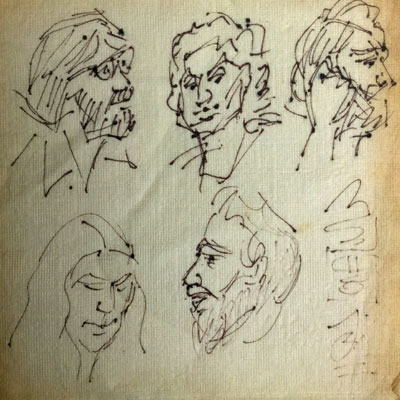
Sea Gull Cellar Bar Napkin Art, artist unknown
The subject of this post is sensitive and for many very personal. We’ve all had some experience with suicide whether a family member, a friend, an acquaintance, someone we admire or simply a story on the nightly news. For survivors, that is, for all of us remaining, a suicide can be devastating, debilitating and at worst contribute to dark thoughts of ending our own lives. That is why Jennifer Michael Hecht writes in her book Stay, “One of the arguments I hope to bring to light is that suicidal influence is strong enough that a suicide might also be considered a homicide.”
In Arthur Miller’s After the Fall, the tormented Quentin says, “A suicide kills two people, Maggie. That’s what it’s for.” Jennifer Michael Hecht, Stay: A History of Suicide and the Philosophies Against It
A few days ago my friend over at Global Macro Monitor sent me the link to an article that grabbed my attention, Stay in the Game. It influenced me so much that I decided to write on the subject. (Go to the LINK to read the article.)
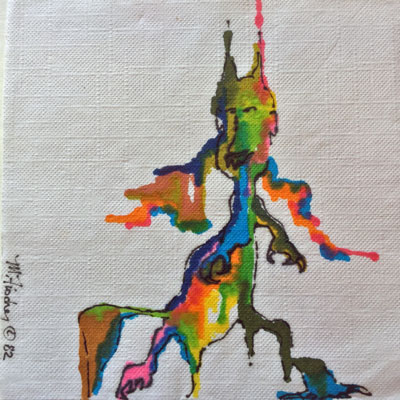
Sea Gull Cellar Bar Napkin Art, Michael Fischer artist
A little digging around online uncovered the brutal statistics that can only make you sad or mad or both.
In 2017, 47,173 Americans killed themselves. In that single year, in other words, the suicide count was nearly seven times greater than the number of American soldiers killed in the Afghanistan and Iraq wars between 2001 and 2018.
A suicide occurs in the United States roughly once every 12 minutes. What’s more, after decades of decline, the rate of self-inflicted deaths per 100,000 people annually—the suicide rate—has been increasing sharply since the late 1990s. Suicides now claim two-and-a-half times as many lives in this country as do homicides, even though the murder rate gets so much more attention. Why is America’s suicide rate hitting Trump’s base so hard?
Author David Foster Wallace, whose tragic suicide in 2008 impacted so many including Think in the Morning, wrote one of the most graphic descriptions of The Depressed Person in the short story so titled.
The depressed person as in terrible and unceasing emotional pain, and the impossibility of sharing or articulating this pain was itself a component of the pain and a contributing factor in its essential horror.
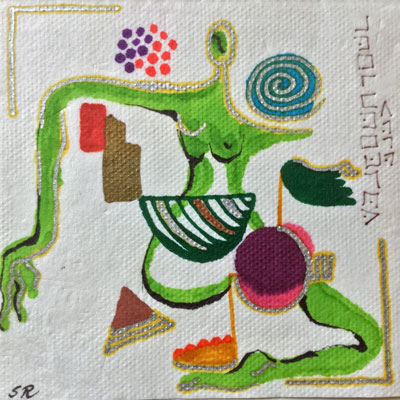
Sea Gull Cellar Bar Napkin Art, SR artist, code on right side says Thalidomide Baby, hat tip to Barry Weiss (Merlin Tinker) for the translation
He vividly described the guilt and embarrassment and self-deprecation so many depressed people feel.
… she knew all too well that she was one of those dreaded types of everyone’s grim acquaintance who call at inconvenient times and just go on and on about themselves. The depressed person said that she was all too excruciatingly aware of what a joyless burden she was, and during the calls she always made it a point to express the enormous gratitude she felt at having a friend she could call and get nurturing and support from, however briefly, before the demands of that friend’s full, joyful, active life took understandable precedence and required her (i.e. the friend) to get off the telephone.
… she could detect, in the friend’s increasingly long silences and/or repetitions of encouraging clichés, the boredom and abstract guilt people always feel when someone is clinging to them and being a joyless burden.
The suicide rate is up 33% in less than 20 years, yet funding lags behind other top killers according to USA Today. The suicide rate has increased in every state except Nevada which already had a remarkably high rate. Suicide is the second highest killer for Americans between the ages of 10 and 34 and fourth for those between 35 and 45. In this the United States is an outlier in that the suicide rate has been decreasing worldwide and is lower in Great Britain, Canada and China. Even in Mexico so demeaned by the current Trump administration the suicide rate is about a third the rate in the U.S. The highest suicide rate is for white men between 45 and 64. It is twice as high in rural counties as urban areas.
Though whites have fared far better economically (and in many other ways) than African Americans, their suicide rate is significantly higher. The higher suicide rate among whites as well as among people with only a high school diploma highlights suicide’s disproportionate effect on working-class whites. This segment of the population also accounts for a disproportionate share of what economists Anne Case and Angus Deaton have labeled “deaths of despair“—those caused by suicides plus opioid overdoses and liver diseases linked to alcohol abuse.
… one in 33 American adults seriously thought about suicide in 2016, the commonness of the thoughts belied by how rarely they’re discussed.
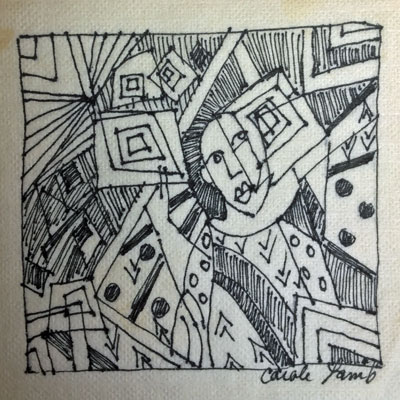
Sea Gull Cellar Bar Napkin Art, Carole Lamb artist
Suicides are preventable and treatable if adequate resources are devoted to the task. Nine out of 10 people who survive a suicide attempt will not go on to die by suicide later, according to studies that have tracked survivors over decades. [USA Today]
There is evidence that rapid economic change is a contributing factor. The suicide rate is lowest among individuals with college degrees and among people in higher income brackets. The surge in the suicide rate has taken place in years during which the working class has experienced greater economic hardship and psychological stress. Increased competition from abroad and outsourcing resulting from globalization, technological change including computerization, robotics and the coming of artificial intelligence has begun to displace labor in significant ways. The inflation-adjusted median wage has barely budged over the last four decades (even as CEO salaries have soared). [Source: USA Today]
The personal stories of victims and survivors are enough to make any caring human being cry. If only they had a positive ending like Stay in the Game. Unfortunately, they do not. Suicide: An American Nightmare by David Rosen presents the story of his friend Billy who lost his life to suicide. It is a compelling story but what is to be done?
Suicide is a reality in American life, but functions as a social fiction. Throughout the country, many doctors and other medical professionals, let alone family, friends and love-ones, informally assist those suffering a terminal illness to end their life so as to prevent further suffering, particularly the loss of dignity. This is America’s wink-and-a-nod morality.
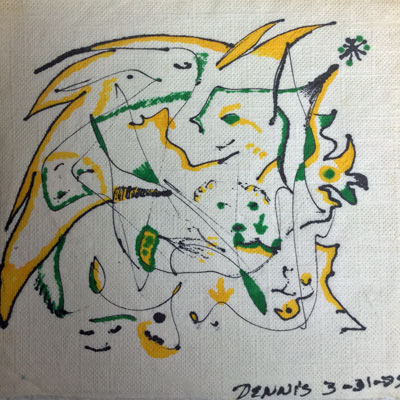
Sea Gull Cellar Bar Napkin Art, Dennis artist
Rosen suggests that legal physician-assisted suicide might be useful in hopeless cases but what about those cases, most in fact, that are not hopeless?
In addition, cities throughout the country need a better method of intervention to help people like my friend Billy from falling through the cracks. New York, like other cities, has a public health “helpline” for those contemplating suicide. But if Billy’s experience is any measure of its effectiveness, one too many slips through the cracks.
One problem is that the subject is so dark that many are afraid to even think about it, let alone discuss it with those they might help. One friend of mine put it like this:
I think about death constantly. If anything, I need to think about it less. Not easy to do in this biosphere with these iron laws of nature.

Sea Gull Cellar Bar Napkin Art, artist unknown
Not only are we afraid for ourselves, we fear broaching the subject may infuriate the person we are trying to help or drive them away. Yet, broaching the subject is exactly what we should be doing when we recognize the symptoms. Easier said than done. I’m a wimp when it comes to this, guilty as charged. But what will I do when what I think might happen happens? What will I tell my children or grandchildren when they ask me where were you when the shit hit the fan?
Though mental illness is a risk factor for suicide, not everyone who is mentally ill has suicidal thoughts, and not everyone who attempts suicide is mentally ill. USA Today

Sea Gull Cellar Bar Napkin, Artist unknown
“There’s been an increase in the ‘every-man-for-himself mentality,’ ” says Dr. Craig Bryan, who studies military and rural suicide at the University of Utah. “There doesn’t seem to be as strong a sense of ‘We’re all in this together.’ It’s much more ‘Hey, don’t infringe upon me. You’re on your own, and let me do my own thing.’ ”
Stephen Rodrick: All-American Despair
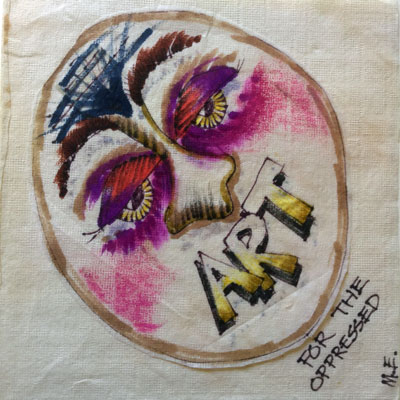
Sea Gull Cellar Bar Napkin Art, Mark Eanes artist
At Think in the Morning we tend to rely on art, literature and philosophy even though we are great believers in science. I found Jennifer Michael Hecht’s book Stay: A History of Suicide and the Philosophies Against It to be immensely helpful in sorting out the issues involved with this painful and difficult subject. Hecht makes her position clear throughout the book.
I assign no blame to those already lost, I only feel sorrow for them.
As may be clear already, this book is chiefly about despair suicide, rather than what might be called end-of-life management. People who are fatally ill and in terrible pain are dealing with different issues and may certainly be seen as altering the way that their illness kills them, rather than actually taking their own lives.
One of the main ends of my argument is to erect an adamant prohibition against suicide and thereby mitigate the struggle over it. No one should be left alone to fight for her life without the benefit of all the great minds who have offered resolute advice to keep living.
Thus it is critical that people have at least heard the arguments against suicide. My chief goal in writing this book has been to place these arguments on the shelf of common ideas, so that people have access to them.
I used the last four words of Hecht’s book as the title for this post. The book is filled with splendid little tidbits on a subject that is difficult and too often ignored.
The neuropsychologist Nicholas Humphrey wrote a fascinating short book on consciousness titled Seeing Red. At the beginning of the book he writes about an email he received from Joe King, an American country and western singer:
Hello, my name is Joe King. I am severely disabled, 20 years old. I am 33 inches tall, 40 lbs, 47 broken bones and 6 surgeries. I have been concerned lately that when I die this crippled body might be all I have. My question is. Do u believe consciousness can survive the death of the brain? Is there good scientific evidence for this?
Humphrey delays his response until the end of the book where he lets us know what he had to say to Joe King.
Joe King wrote to me concerning his anxiety about what would happen to him after his death, and his hopes of escaping from his wizened body. I replied, as best I could.
Dear Joe,
You ask whether I think consciousness can survive the death of the brain. It’s the most natural of all questions to ask. I think we human beings are made to ask it. I even think that in asking it we become better people. But my straight answer, as a scientist, is: not a chance. Consciousness is something we do with our brains.
This is both good and bad news. The bad news is obvious. The good news is that each moment of consciousness is, as you already know it is, amazingly precious. Albert Camus wrote, “The present and the succession of presents before a constantly conscious soul is the ideal of the absurd man.” But Camus’ “absurd man” is both heroic and wise. He recognizes that when we cannot travel the wide sea of eternity, the more significant is the island that we stand on now.
I shall be giving some lectures in Harvard in the Spring, called Seeing Red. I wish you could be there. I think you, as a musician, would appreciate the analogy I draw between conscious sensation and a work of art.
But I also copied to Joe King a poem by Gerard Manley Hopkins—a poem about mirroring, rhyme, resonance, self, self-expression, and doing—that says it all. I hardly dare read it.
As Kingfishers Catch Fire
As kingfishers catch fire, dragonflies draw flame;
As tumbled over rim in roundy wells
Stones ring; like each tucked string tells, each hung bell’s
Bow swung finds tongue to fling out broad its name;
Each mortal thing does one thing and the same:
Deals out that being indoors each one dwells;
Selves—goes itself; myself it speaks and spells,
Crying What I do is me: for that I came.
It’s interesting that Humphrey, a scientist, ends his book and his response to Joe King with a poem. Humphrey is a materialist (as am I). Yet, he is moved by poetry (as am I). Why that is seems to me one clue to consciousness. Gerard Manley Hopkins was a mystic poet, a Catholic and a Jesuit. There is a second verse to Hopkins poem that Humphrey did not include. Perhaps it was too religious for his sensibilities (see Bobby Matherne’s book review).
I say more: the just man justices;
Keeps grace: that keeps all his goings graces;
Acts in God’s eye what in God’s eye he is — Christ.
For Christ plays in ten thousand places.
Lovely in limbs, and lovely in eyes not his
To the Father through the features of men’s faces.
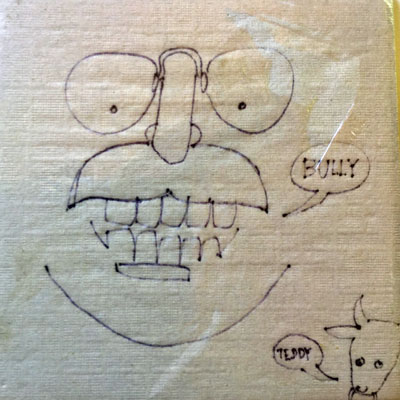
Sea Gull Cellar Bar Napkin Art, artist unknown
As a believer in serendipity, while surfing the web for Joe King I discovered another Joe King whose band The Fray recorded How To Save A Life. It seems a good way to end this post.
How to Save a Life, The Fray
Step one, you say we need to talk
He walks, you say sit down, it’s just a talk
He smiles politely back at you
You stare politely right on through
Some sort of window to your right
As he goes left, and you stay right
Between the lines of fear and blame
You begin to wonder why you came
Where did I go wrong?
I lost a friend
Somewhere along in the bitterness
And I would have stayed up with you all night
Had I known how to save a life
Let him know that you know best
Cause after all, you do know best
Try to slip past his defense
Without granting innocence
Lay down a list of what is wrong
The things you’ve told him all along
And pray to God he hears you
And I pray to God he hears you
Where did I go wrong?
I lost a friend
Somewhere along in the bitterness
And I would have stayed up with you all night
Had I known how to save a life
As he begins to raise his voice
You lower yours and grant him one last choice
Drive until you lose the road
Or break with the ones you’ve followed
He will do one of two things
He will admit to everything
Or he’ll say he’s just not the same
And you’ll begin to wonder why you came
Where did I go wrong?
I lost a friend
Somewhere along in the bitterness
And I would have stayed up with you all night
Had I known how to save a life
Where did I go wrong?
I lost a friend
Somewhere along in the bitterness
And I would have stayed up with you all night
Had I known how to save a life
How to save a life
How to save a life
Where did I go wrong?
I lost a friend
Somewhere along in the bitterness
And I would have stayed up with you all night
Had I known how to save a life
Where did I go wrong?
I lost a friend
Somewhere along in the bitterness
And I would have stayed up with you all night
Had I known how to save a life
How to save a life
How to save a life

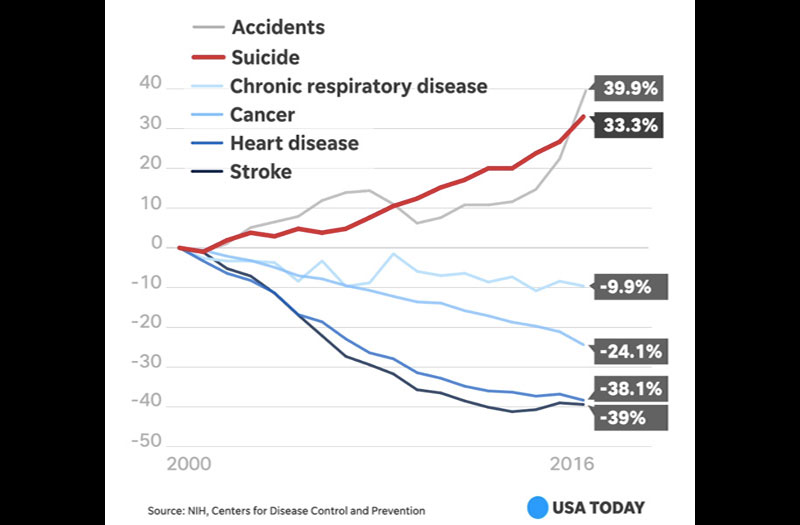
Did you find anything about the Joe King who wrote to Nicholas Humphrey???
Dying (if you’ll pardon the expression) to know.
I did not. I’d love to know too.